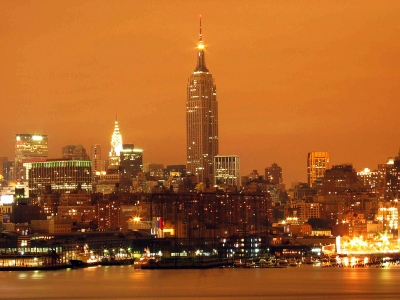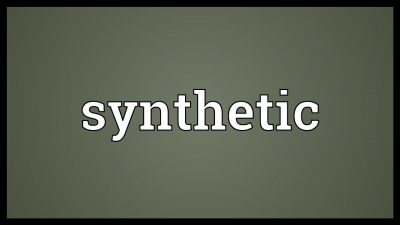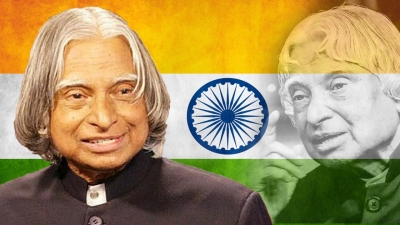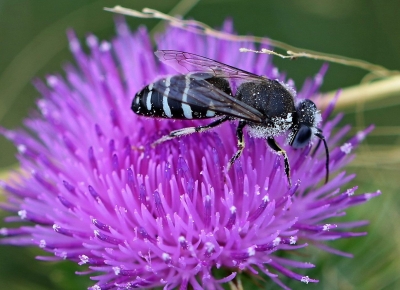WHO IS LAKSHMI MENON?

Lakshmi Menon, an Ernakulam-based social entrepreneur and designer, has fashioned eco-friendly mattresses for COVID-19 patients from PPE scrap material.
When Lakshmi Menon saw a poor family sleeping on the bare ground, she decided to do something to help the needy. In March 2020, she conceived the idea of shayya mattresses made out of tailoring scrap.
PPE to the rescue
As the COVID-19 pandemic hit the country, hospitals and First-Line Treatment Centres (FLTCS) in Kerala struggled to provide enough beds for patients. Mattresses became the need of the hour, each one costing between 500-700. When Lakshmi called up tailoring units for scrap to make shayyas, she discovered that they had switched to making personal protective equipment (PPE) suits for healthcare workers. A lot of scrap material is generated while making these suits. As it contains small amounts of plastic, it can be disposed of or recycled by a professional agency only something that many tailors cannot afford. So, they would get rid of the scrap by burning it, causing air pollution. Lakshmi then decided to create shayyas from PPE scrap.
These mattresses are easy to make, requiring no stitching. The scraps are braided together and arranged in a zigzag manner before their ends are tied together with scrap cloth. The resulting shayya is 1.8 m (6 ft) long and 0.7 m (2.5 ft) wide. Unlike a regular mattress, which is difficult to disinfect, it can be washed with soap and reused.
Jobs for local women
Lakshmi employs around 20 local women who had become jobless during the lockdown. Each woman makes one shayya a day, for which she is paid 300. A shayya is sold at the same price to cover the labour charge. Around 700 shayyas have been donated so far.
Lakshmi's innovative project addressed three major issues - waste management, job creation and the lack of bedding for patients. It has t been recognised by the United Nations in their list of best practices. To enable NGOs, students, etc. to replicate her model, Lakshmi provides them with online training.
Picture Credit : Google













